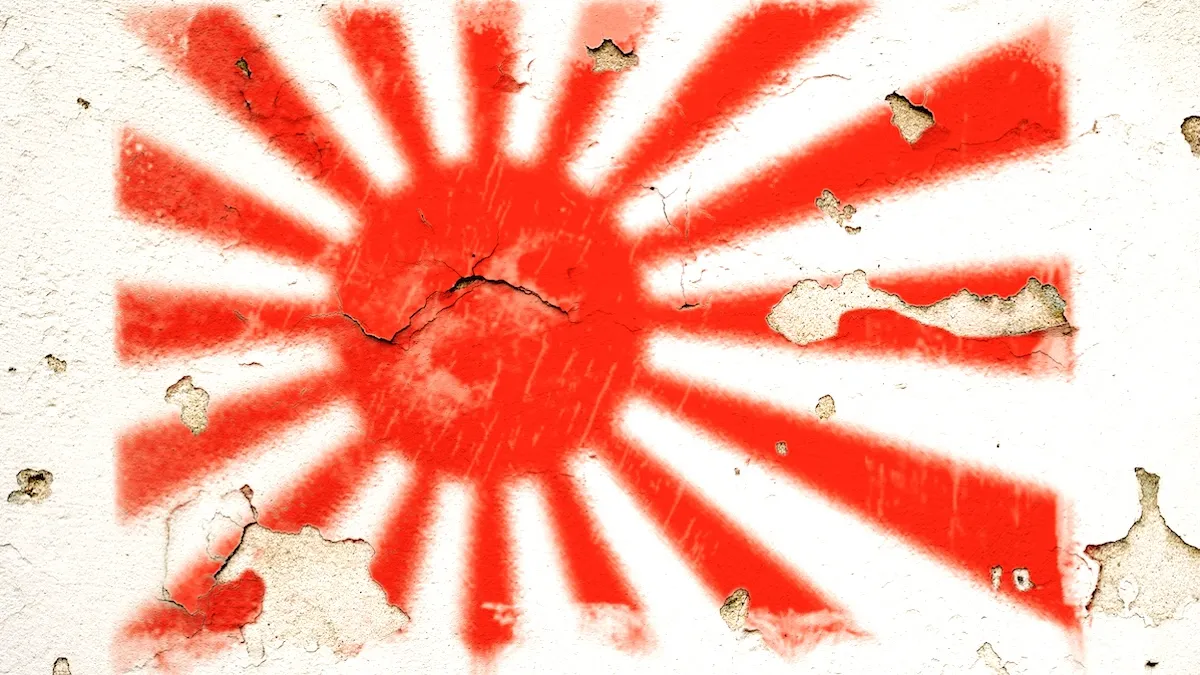
Advertisement
The aftermath of World War II saw Japan emerge from the devastation of conflict under the guidance of the United States, transforming from a militaristic empire to a democratic nation and a staunch ally of America. The end of the war brought profound changes to Japan, shaping its political, economic, and social landscape for decades to come.
Following Japan’s surrender in August 1945, the country faced widespread destruction, with cities decimated by Allied bombings and millions of lives lost. Under the leadership of General Douglas MacArthur, the Supreme Commander for the Allied Powers, the United States took charge of the occupation of Japan, overseeing its reconstruction and transition to democracy.
General MacArthur’s approach to the occupation was characterized by a commitment to rebuilding Japan while respecting its sovereignty and culture. The occupation aimed to establish a democratic government based on the will of the Japanese people, rather than imposing a specific form of governance. Central to this effort was the preservation of Emperor Hirohito’s role as a symbolic figurehead, which helped facilitate the transition to a new political order.
Despite the challenges posed by Japan’s wartime legacy and the devastation of its economy, the occupation era saw significant progress in rebuilding the nation. Economic reforms, including land redistribution and labor reforms, laid the groundwork for Japan’s post-war economic miracle, leading to rapid industrialization and economic growth.
Throughout the Cold War era, Japan emerged as a key strategic partner for the United States in the Asia-Pacific region, contributing to regional stability and security. The signing of the San Francisco Treaty in 1951 marked Japan’s formal return to the international stage as an independent nation, while the establishment of a security treaty with the United States ensured its defense capabilities.
Japan’s economic resurgence in the latter half of the 20th century transformed it into a global economic powerhouse, fueling its rise as a leading exporter of technology, automobiles, and consumer goods. Despite facing challenges in recent years, Japan remains a vital ally of the United States and a cornerstone of stability in the Asia-Pacific region.
The enduring partnership between the United States and Japan is a testament to the resilience of both nations in overcoming the scars of war and forging a shared vision of peace, prosperity, and cooperation in the modern era.
